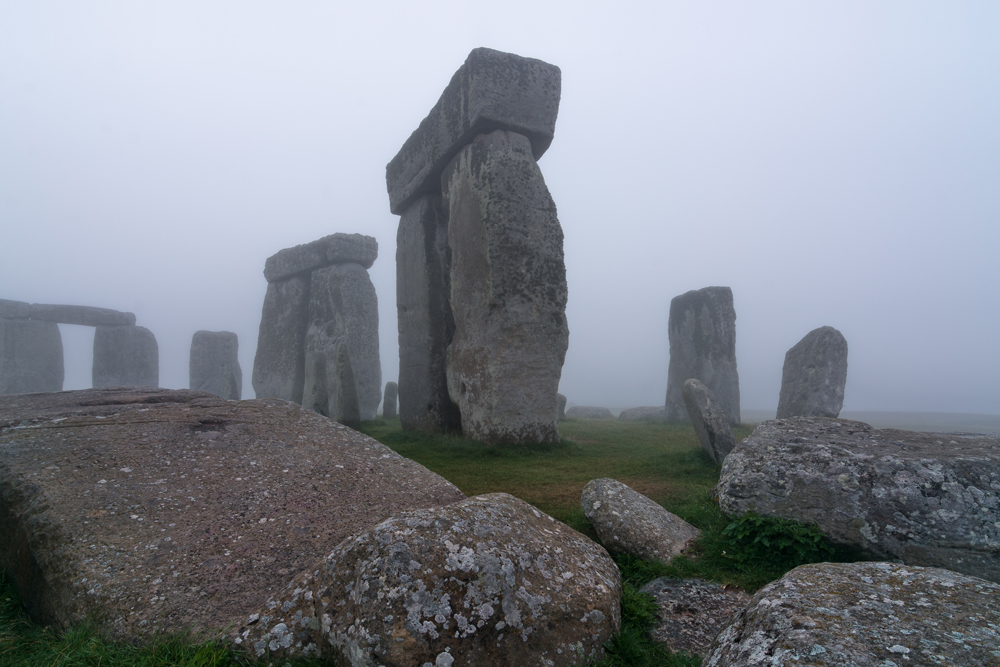
For a disenchanted visitor to Stonehenge in the south of England, the iconic array of 4,000-year-old pillars may have signified little more than a pile of rocks. But a new discovery that Stonehenge was actually the heart of a huge complex of ancient burial mounds and shrines could win over even the most cynical observer.
Researchers at the University of Birmingham have found a host of previously unknown monuments, including ritual structures and a massive timber building that was likely used for burial of the dead during a complicated sequence of exposure and de-fleshing.
“New monuments have been revealed, as well as new types of monument that have previously never been seen by archaeologists,” Professor Vincent Gaffney, the project leader, said in a statement Wednesday. “Stonehenge may never be the same again.”
The project, which made use of remote sensing techniques and geophysical surveys, discovered large prehistoric pits, some of which are aligned with the sun, and new information on Bronze Age, Iron Age and Roman settlements and fields.
Stonehenge draws more than 1.2 million visitors a year, including President Barack Obama last week, the Associated Press reports.
More Must-Reads from TIME
- Donald Trump Is TIME's 2024 Person of the Year
- Why We Chose Trump as Person of the Year
- Is Intermittent Fasting Good or Bad for You?
- The 100 Must-Read Books of 2024
- The 20 Best Christmas TV Episodes
- Column: If Optimism Feels Ridiculous Now, Try Hope
- The Future of Climate Action Is Trade Policy
- Merle Bombardieri Is Helping People Make the Baby Decision
Contact us at letters@time.com